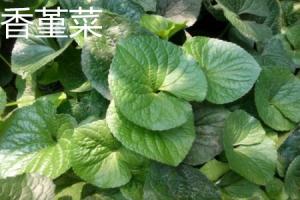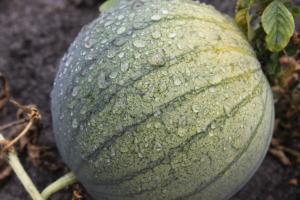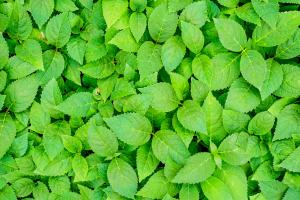How to Trim a Hibiscus Plant
The hibiscus plant is well-known for its large and vibrant blossoms, making it a popular choice for gardeners everywhere. However, keeping a hibiscus plant looking its best requires proper maintenance, including regular trimming. In this article, we will discuss how to trim a hibiscus plant effectively to promote a healthy and beautiful garden.
1. Timing is Everything
Timing is crucial when it comes to trimming a hibiscus plant. The best time to prune your plant is during its dormant stage, which occurs during the winter months. This is when the plant is not actively growing, making it easier to cut back any overgrown or damaged areas without causing harm.
2. Tools of the Trade
To properly trim a hibiscus plant, you will need the right tools. Make sure you have a sharp pair of pruning shears or loppers, depending on the size of the branches you will be cutting. Make sure your tools are clean and sterilized to avoid the spread of any diseases from one plant to another.
3. Removing Dead or Damaged Branches
Begin by identifying any dead or damaged branches on your hibiscus plant. Dead branches are typically brown or gray in color and will snap easily when bent. Damaged branches may have broken or split bark or visible wounds. Using your pruning shears, cut the branches back to just above the main trunk or a healthy side branch.
4. Shaping Your Plant
Once you have removed any dead or damaged branches, assess your plant's overall shape. If it is starting to look leggy or overgrown, you can begin shaping it by trimming back any excessively long or straggly branches. Cut these branches back by about one-third of their length, making sure to make clean and precise cuts.
5. Removing Suckers
Suckers are new growth shoots that sprout from the base of the plant or its major branches. While they can be tempting to let grow, too many suckers can cause problems for your hibiscus plant. They can steal nutrients and water from the rest of the plant, and if left to grow too long, can become difficult to remove. To keep your plant healthy, remove any suckers as soon as you notice them by cutting them back to the main trunk or branch.
6. Tidying Up
Once you have finished trimming your hibiscus plant, take a few minutes to clean up any debris on the ground around it. This will help prevent the spread of any diseases or pests that may have been present on the plant. Dispose of the cut branches in a proper yard waste receptacle or compost them for later use in your garden.
In conclusion, trimming a hibiscus plant is essential for keeping it healthy and looking its best. By following the tips outlined above, you can promote healthy growth and ensure your garden stays vibrant and beautiful all year round.

 how many times do yo...
how many times do yo... how many planted tre...
how many planted tre... how many pine trees ...
how many pine trees ... how many pecan trees...
how many pecan trees... how many plants comp...
how many plants comp... how many plants can ...
how many plants can ... how many plants and ...
how many plants and ... how many pepper plan...
how many pepper plan...






























